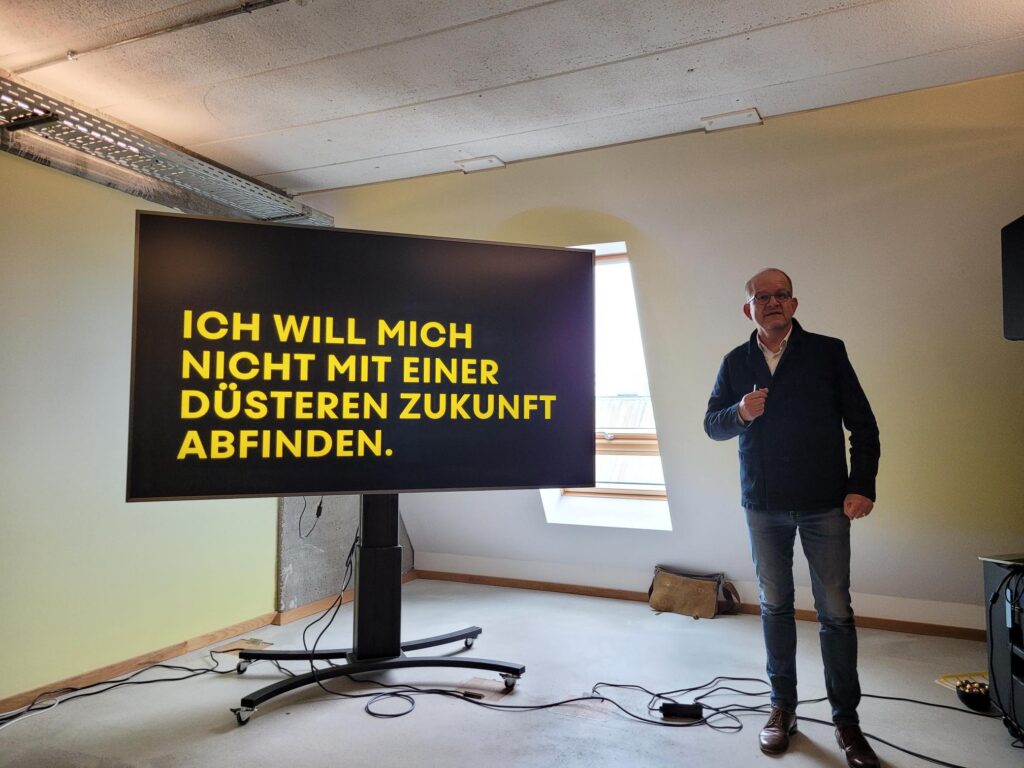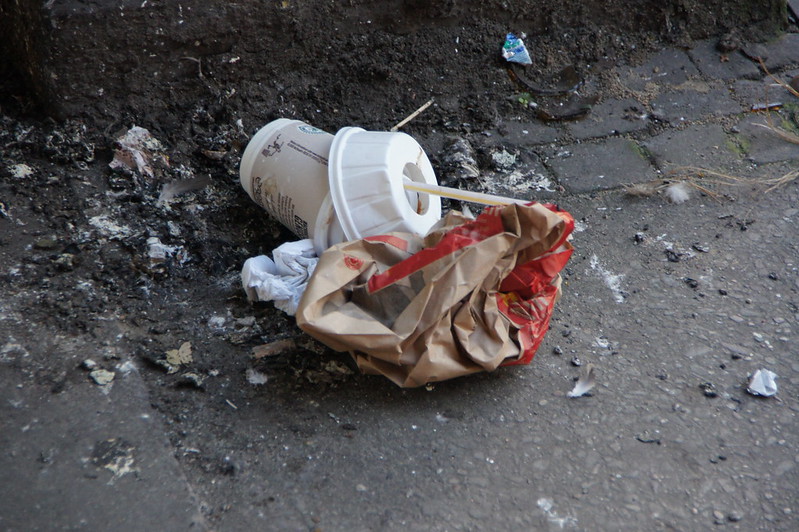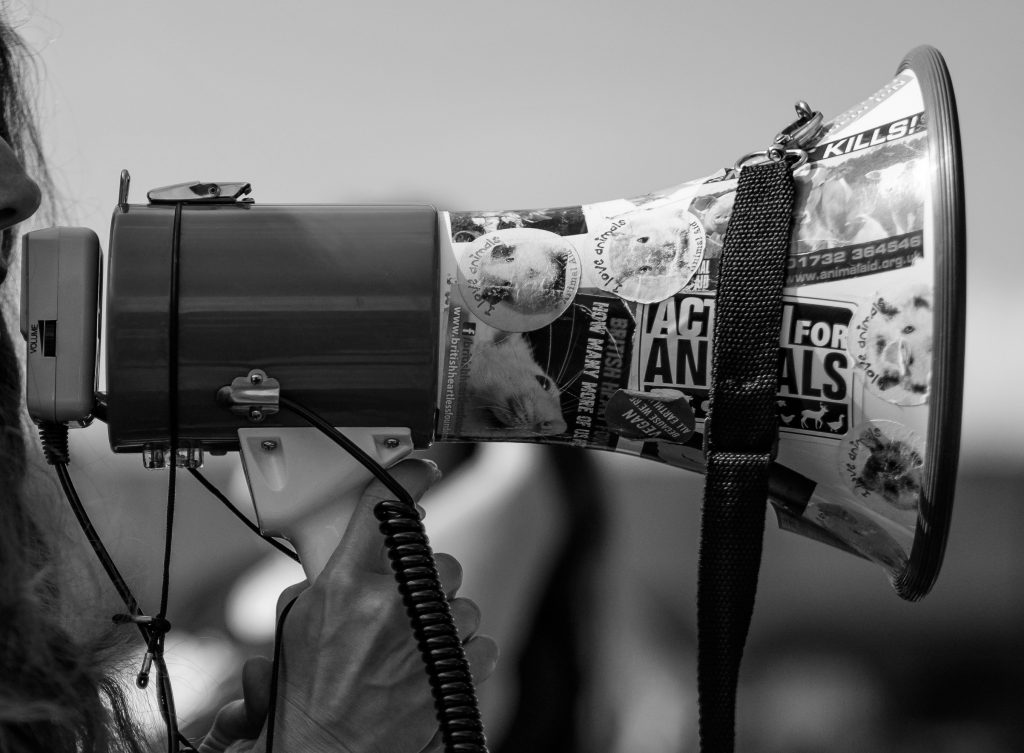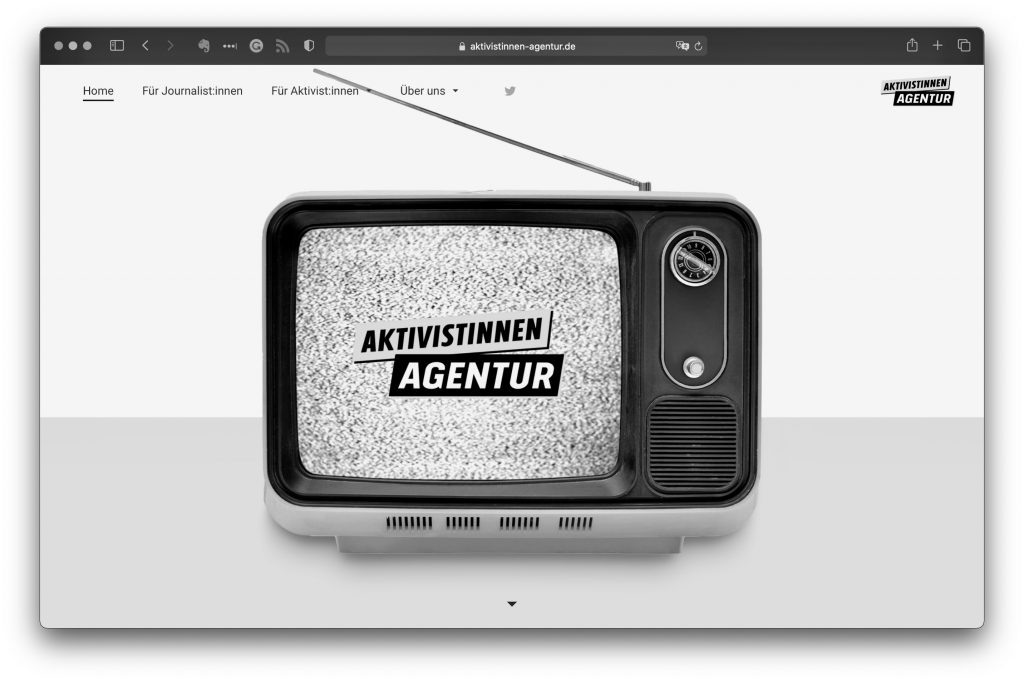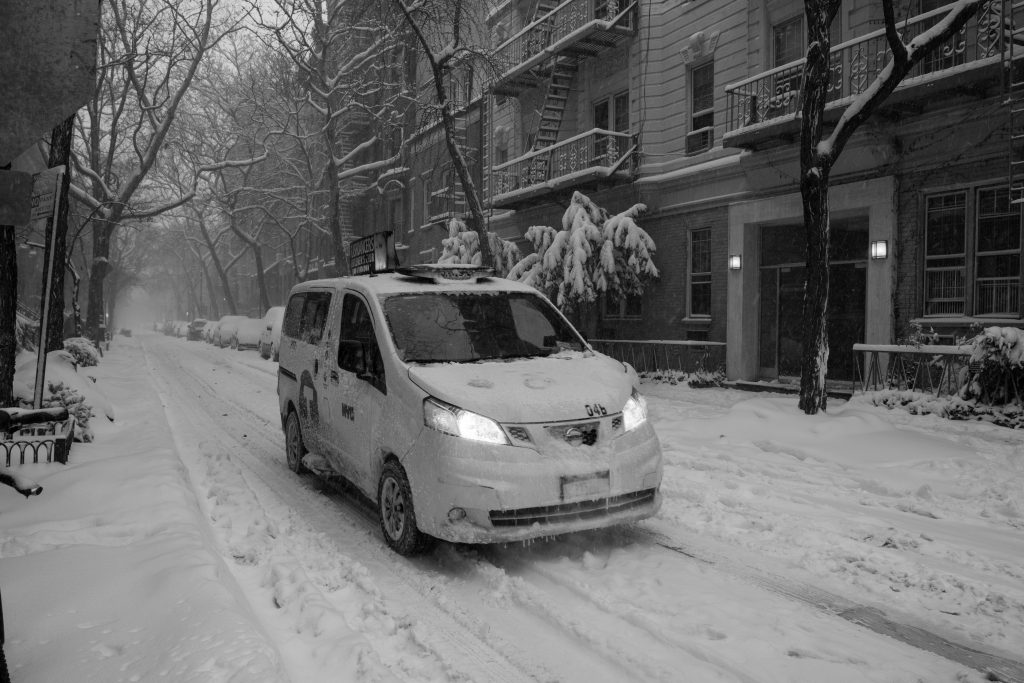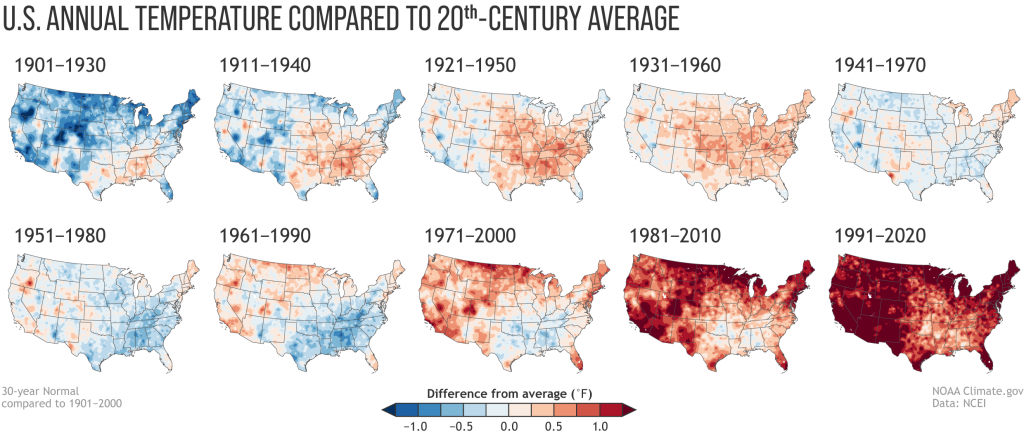Last week, I gave a presentation on the Future Flip Book (in English and in German) in Hamburg. While preparing for the presentation, I asked myself: Why am I doing what I am doing? What motivated me working on sustainable innovation, what was the driver for my work on the Future Flip Book?
I put it in bold on one of the slides: I do not want to surrender to a gloomy future. That is simply it. I strongly feel that we can do something about the dreary future ahead of us. I am convinced that innovation plays a role here. Of course, I am not naive. We cannot continue as we have, and hope that we innovate ourselves out of this mess. We have to change attitudes, mindsets, and behavior, too.
If we were doing a Polak Game (https://jfsdigital.org/wp-content/uploads/2017/12/01ThePolakGame.pdf), I would certainly be on the right side of the room. I am certainly not fully in the front or the back of the room. I am somewhere in the middle.
At times I feel outraged and at time I feel optimistic. For everybody, who feels the same the podcast Outrage & Optimism is a must (https://www.outrageandoptimism.org).
